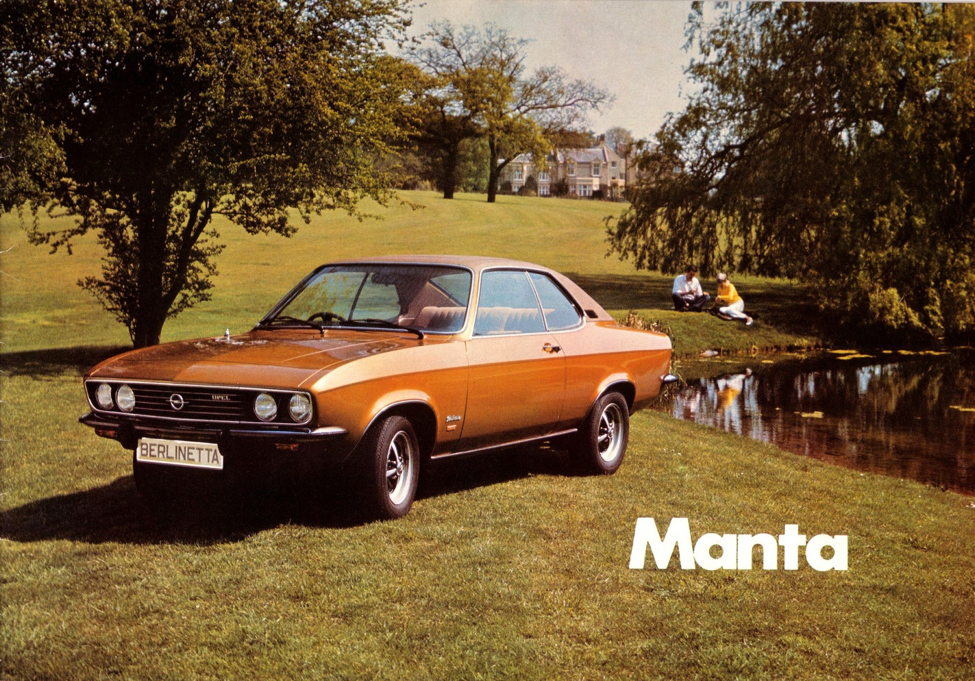The Glove Box: Citroën DS/ID
- Radar Staff
- Sep 4, 2016
- 2 min read
Hello, College Prep;
I think our school is a great place to share our passions, nerderies, and talents with others, but the scope of those passions can be limited. I’ve never really found a context at CPS (other than wearing T-shirts) where I can share my passion for cars, for instance. So, I thought I’d start a weekly feature in which I write something about the automobile and publish it to the Radar to inspire interest, disgust, aesthetic pleasure, anger, internet rabbit-holes—whatever, basically.
Citroën had already proven itself as an innovator when the DS debuted in Paris in 1955. The Traction Avant pioneered front-wheel drive and unibody construction in 1934, but it really looked like a product of the ’30s. The D-series fixed that wholesale: to me, the DS and ID have never looked like products of an era, but rather they evoke the future, even today.
The D-series was miles ahead of its competitors in 1955 in terms of design, with its smooth aerodynamic profile, high-mounted rear turn signals, and single-spoke steering wheel, but it still looked completely out of this world, and certainly a thing of beauty, two decades later.
Over its twenty-year lifespan, the DS platform was the test bed for all sorts of new technologies, many of which reached the consumer market. The big ones, of course, were self-leveling hydropneumatic suspension (seldom used today due to its complexity, but highly effective—many multi-axle Citroën car carriers have been built to take advantage of the suspension’s load-bearing capacity) and steerable headlamps, Other ones that made production were inboard disc brakes and hydraulic everything: brakes, gearchange, steering, suspension, clutch, and I’m probably missing a few. The engine bays of the DS and its successor, the SM, are full of green bulbs and tubes for these systems. Countless other innovations, many of them new engine designs, were deemed too costly and never made production, so the DS and ID ultimately spent their lifespan developing the Traction’s four-cyliner motor.
Even without a fancy engine, the D-series was highly successful in motorsport, especially rallying. While the Austin Mini was taking the rallying world by storm, the ID had already established itself as a winner in the Rallye Monte Carlo and was continuing to do so. The D-series and its smooth suspension was the basis for twenty years of rally podiums, and with that, certain engine tuning experiments and odd body styles.
The Goddess (la Déesse) made her mark on the automotive world, and good examples, especially of later cars with all the hydraulics sorted, can easily fetch over $100,000. More modest IDs and DSes are still somewhat affordable, but values have been climbing for a while.
I’ve hardly said anything past a summary of one of the best automobiles ever, so explore more over at Citroënët.





Comments